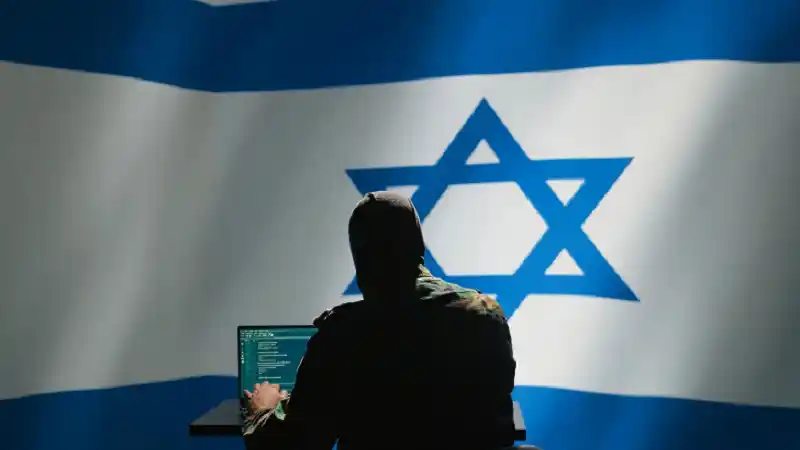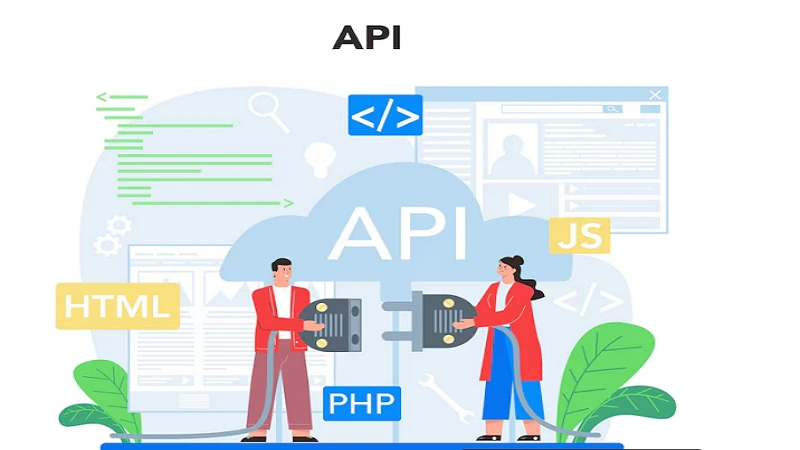This article will explore the core of the Israel-Hamas conflict, delve into its most recent developments, and provide practical steps that can be taken to mitigate the crisis and work towards peace. Using data and insights from sources like Reuters, we will also examine how understanding the crisis through a multifaceted lens is crucial for anyone looking to understand the conflict better.
Understanding the Israel-Hamas Conflict
The Israel-Hamas conflict has deep historical roots that stretch back over a century. To break it down simply, the conflict is primarily territorial, revolving around land disputes in a region considered sacred by Jews, Muslims, and Christians alike. The modern phase of the Israel-Palestine conflict began in the mid-20th century with the establishment of the State of Israel in 1948, which led to the displacement of hundreds of thousands of Palestinians. Over the years, the situation has evolved, with various peace efforts, but the underlying issues remain largely unresolved.
Hamas is a militant Palestinian group that controls the Gaza Strip, one of the two territories comprising the Palestinian territories (the other being the West Bank). Hamas refuses to recognize Israel’s right to exist and has consistently advocated for armed resistance against Israeli forces. This has resulted in periodic flare-ups of violence, including major conflicts in 2008, 2012, 2014, and most recently in 2021 and 2023.
The 15M IsraelHamasCheerReuters label refers to a series of breaking news reports that have highlighted both the violent nature of the conflict and the significant diplomatic implications for the region. Understanding the dynamic of these reports is essential for comprehending how the international community is responding to the crisis.
Key Issues Driving the Conflict
Several factors continue to fuel the Israel-Hamas conflict. To understand the practical steps that can be taken towards resolving it, we must first examine the major contributors to the crisis:
- Territorial Disputes: The core issue of the Israel-Palestine conflict is land ownership and sovereignty. Palestinians seek an independent state on the land that Israel currently controls, particularly in the West Bank and Gaza Strip.
- Jerusalem: The city of Jerusalem holds immense religious significance for Jews, Christians, and Muslims. Both Israel and Palestine claim it as their capital, making it one of the most sensitive and contentious issues.
- Blockade of Gaza: Since 2007, Israel has maintained a blockade on the Gaza Strip, citing security concerns due to Hamas’ control of the region. The blockade has led to dire humanitarian conditions, including shortages of food, medicine, and fuel, as well as limited freedom of movement for Palestinians.
- Israeli Settlements: Israeli settlements in the West Bank are another flashpoint. These settlements are considered illegal under international law, though Israel disputes this claim. Their continued expansion has contributed to tensions and undermined efforts at peace.
- Humanitarian Crisis: The ongoing violence and military operations have resulted in significant loss of life on both sides, with Palestinian civilians particularly affected in Gaza due to airstrikes and blockades. Humanitarian organizations have consistently warned of deteriorating living conditions in Gaza.
- Political Deadlock: Political gridlock between Palestinian leadership factions, particularly Hamas and the Palestinian Authority, has hindered the creation of a unified voice to negotiate with Israel. Similarly, Israeli politics has been marred by internal divisions regarding how to approach the Palestinian issue.
Recent Developments: Analyzing 15M IsraelHamasCheerReuters
The 15M IsraelHamasCheerReuters tag refers to an aggregation of reports from Reuters and other news outlets, which have highlighted the significant escalation of violence between Israel and Hamas. According to these reports, several key events have marked the latest phase of the conflict:
- Intensified Airstrikes: Israel has conducted airstrikes on Gaza in response to rocket fire from Hamas and other militant groups. These attacks have destroyed infrastructure, residential areas, and tunnels used by Hamas.
- Hamas Rocket Attacks: Hamas has fired rockets into southern Israel, targeting civilian areas. This has led to significant damage and casualties, causing mass evacuations and panic among Israeli citizens.
- International Diplomacy: Global powers have called for ceasefires and peace negotiations, but the conflicting demands from Israel and Hamas, coupled with regional and international political dynamics, have made meaningful talks difficult to initiate.
- Civilian Casualties: Both sides have suffered civilian casualties, with international organizations like the United Nations and the Red Cross frequently reporting on the humanitarian consequences of the ongoing violence. The focus has been on minimizing harm to civilians while seeking a ceasefire agreement.
Practical Steps Towards Resolution
Given the entrenched nature of the Israel-Hamas conflict, resolving it will require both immediate and long-term measures. Here are some practical steps that can help mitigate the ongoing crisis and create a foundation for peace:
- Immediate Ceasefire Agreements: The most pressing action is the immediate cessation of violence. International mediators, such as the United Nations or regional powers like Egypt and Qatar, should intensify efforts to broker a ceasefire. This would involve a halt to airstrikes and rocket attacks, providing a respite for civilians on both sides.
- Humanitarian Aid: The international community must focus on delivering urgent humanitarian aid to Gaza. This includes food, medicine, and medical supplies to alleviate the suffering caused by the blockade. Facilitating the entry of goods and services into Gaza could help stabilize the region and create goodwill for further negotiations.
- International Pressure on Israel and Hamas: Global powers, including the United States, the European Union, and Arab states, need to apply diplomatic pressure on both Israel and Hamas to resume peace talks. Both sides have grievances, but external pressures may help bring them to the negotiating table.
- Promote Dialogue Between Factions: It is essential to create channels for dialogue between Hamas, the Palestinian Authority, and Israel. This could involve the establishment of an international mediation team that can facilitate direct talks. A unified Palestinian front is critical to addressing the political fragmentation that hinders peace efforts.
- Address the Gaza Blockade: A long-term solution will require addressing the blockade of Gaza. While Israel justifies it as a security measure, the international community must find ways to ensure that Gaza’s civilian population receives the supplies it needs without empowering militant groups.
- Two-State Solution: A comprehensive peace plan should include the realization of a two-state solution, with Israel and a future Palestinian state coexisting peacefully. This would involve clear borders, security guarantees, and solutions to contentious issues like the status of Jerusalem and Palestinian refugees.
- Educational and Cultural Programs: Long-term peace also depends on changing perceptions and promoting mutual understanding. Educational initiatives on both sides can help foster a culture of peace, tolerance, and reconciliation, especially among the younger generations.
- Support for Grassroots Peace Movements: International support should also go to grassroots organizations that work toward reconciliation between Israelis and Palestinians. These movements, which focus on building trust and understanding at the community level, could play a vital role in creating a peaceful future.
Conclusion
The 15M IsraelHamasCheerReuters news reports underline the urgency and complexity of the ongoing conflict between Israel and Hamas. As the violence continues to exact a heavy toll on both populations, it is clear that a multifaceted approach involving diplomacy, humanitarian assistance, and long-term peacebuilding efforts is necessary to mitigate the crisis.
Though the path to peace may seem difficult, it is essential that the international community, local leaders, and grassroots movements work together to find sustainable solutions. Only through cooperation and a commitment to dialogue can we hope to break the cycle of violence and build a future where both Israelis and Palestinians can live in peace and security.










